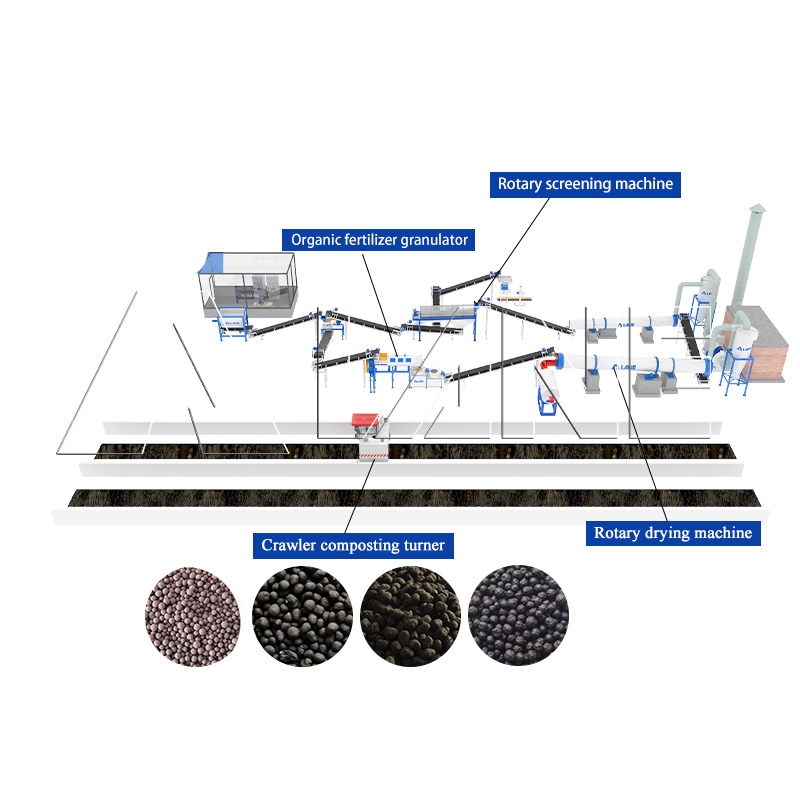
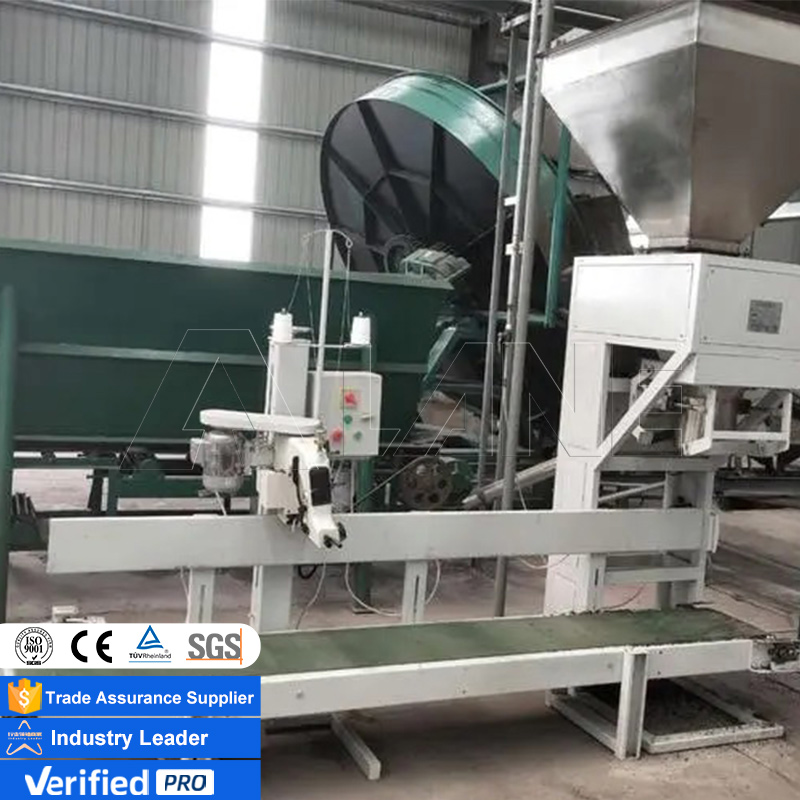
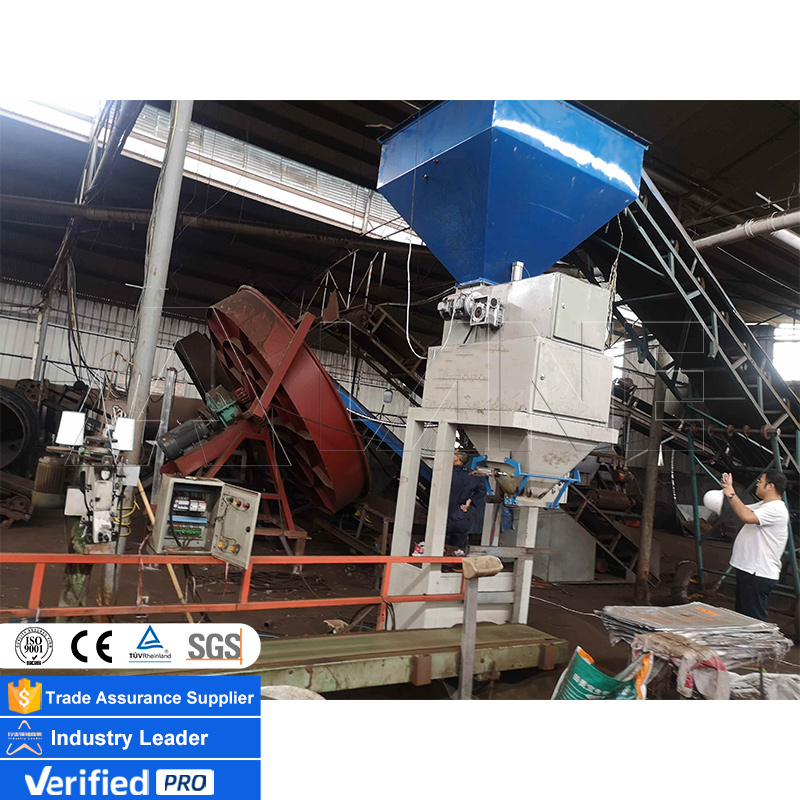
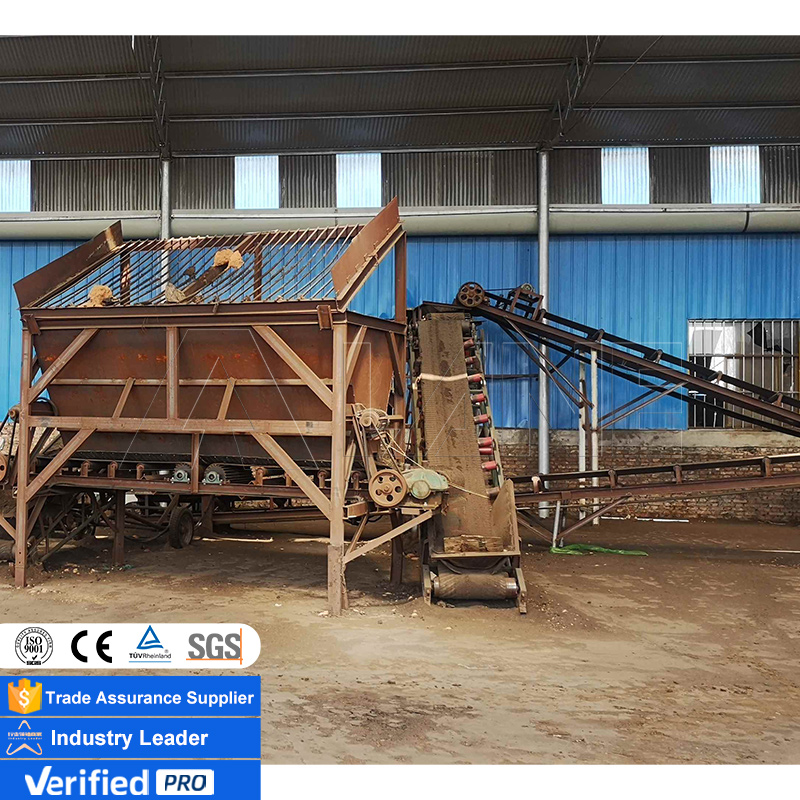
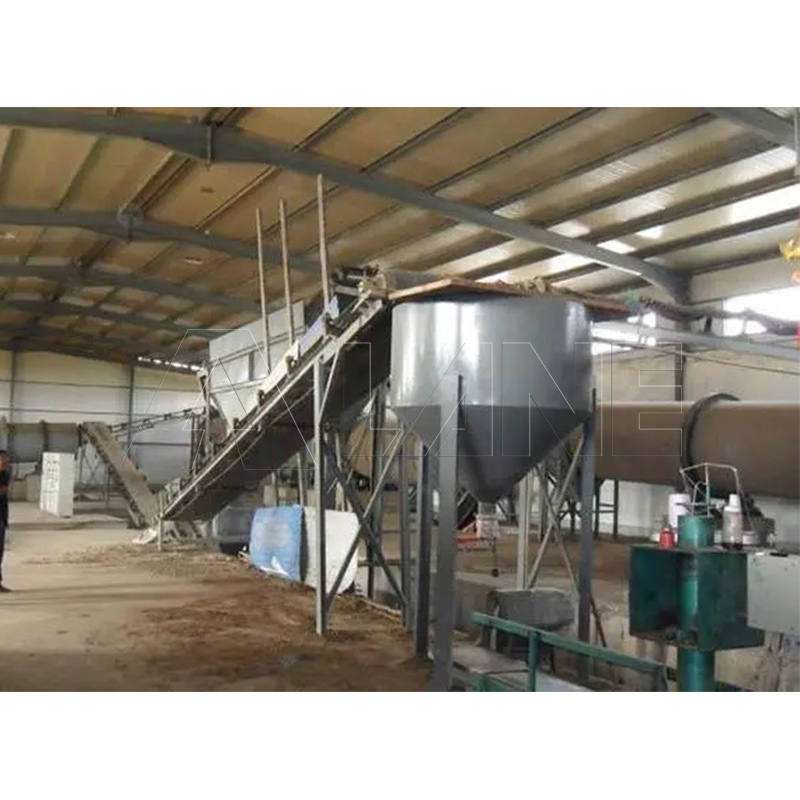
Brand: LANE
Production line advantages:
Can be produced continuously, with an output of 1-5 tons per hour.
Applicable materials:
Animal manure such as chicken manure, cow manure, sheep manure, pig manure, and carbon-containing materials such as plants.
Warranty: 5 Years
Delivery Time: Within 45 days
The complete set of equipment for sheep manure fertilizer production line can use a sheep manure treatment machine to first pump the sheep manure from the manure pit into the equipment through a mud pump, and then dehydrate it through the equipment. After treatment, the moisture content is about 40%, and crops such as straw and rice bran (containing N \ P \ K) can also be used as fillers.
The green ecological sheep manure fertilizer produced by the sheep manure fertilizer production line has an organic matter content of over 45%, making it a nutritious and comprehensive organic fertilizer. If different elements are added in a targeted manner, a series of specialized fertilizers for various crops such as vegetables, flowers, fruit trees, grain, cotton, and oil will be formed.
You can click on the numbers to see detailed pictures!
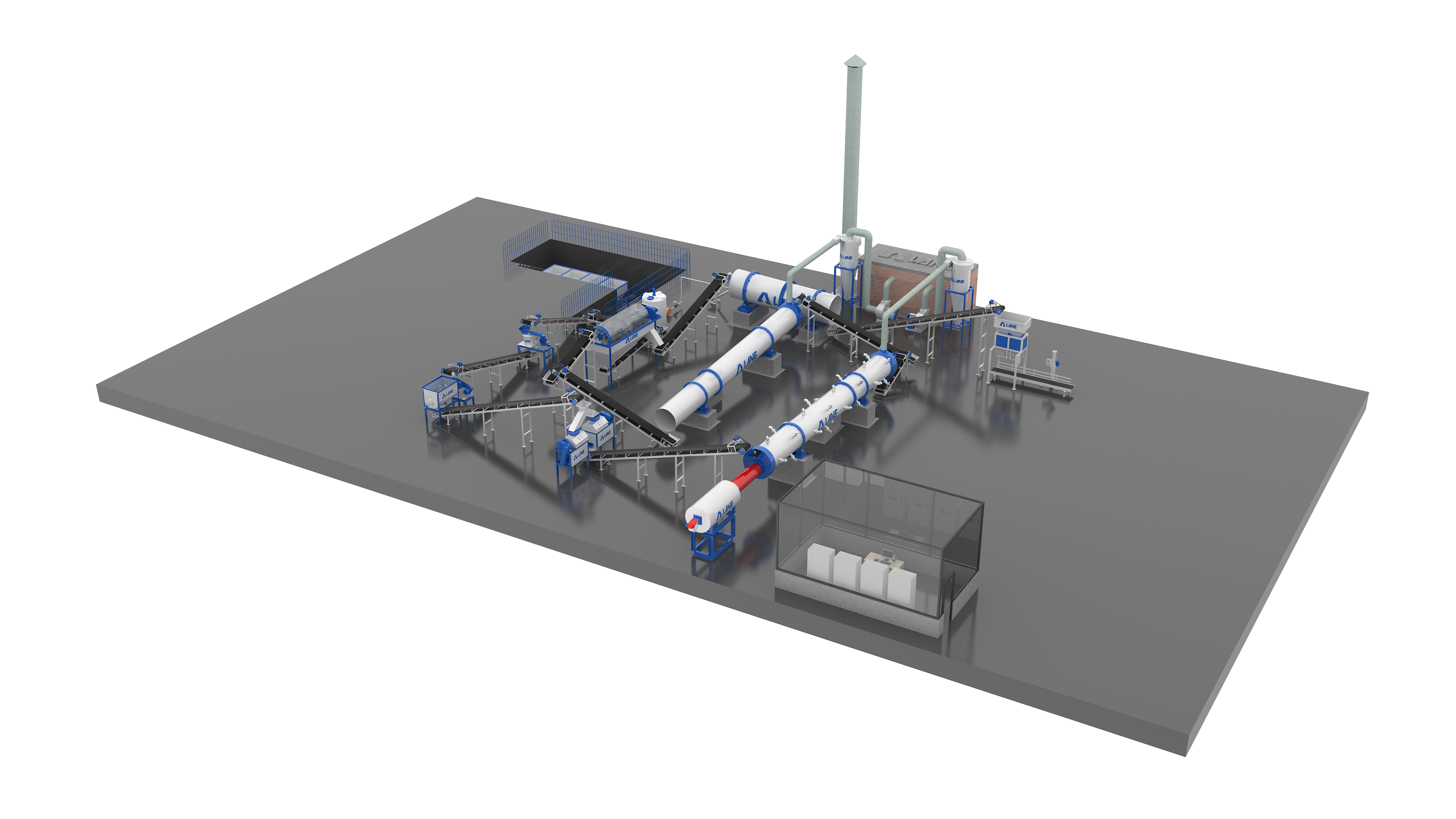
The following are the product parameters used in the Sheep manure fertilizer production line:
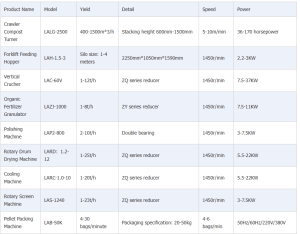
The production process of sheep manure organic fertilizer production line mainly includes steps such as raw material preparation, fermentation, crushing, granulation, drying and cooling, screening, and packaging.
Raw material preparation: In the initial stage of producing sheep manure organic fertilizer, the sheep manure needs to be mixed with an appropriate amount of straw powder to adjust its moisture content to a suitable level for fermentation. Generally, the moisture content is required to be around 45%. When mixing, corn flour and bacterial strains can be added to increase sugar content for bacterial fermentation, allowing multi-dimensional complex enzyme bacteria to quickly gain an advantage.
Aerobic fermentation: Aerobic fermentation is a very important step in the production of sheep manure organic fertilizer. During this process, the prepared mixture is periodically flipped to promote air circulation and accelerate the fermentation process. This process is divided into several stages, including heating, deodorization, loosening, fragrance transformation, and fertilization. Each stage has different characteristics, such as temperature rise, odor disappearance, and material drying.
Crushing and stirring: After aerobic fermentation treatment, sheep manure needs to be slightly dried and crushed using a semi wet material grinder. The crushed material should be fine and uniform to ensure the quality of subsequent granulation. Afterwards, add the crushed material to the mixer for thorough mixing to ensure that the mixture is uniform and consistent.
Granulation molding: The uniformly mixed material is sent to the organic fertilizer granulator, and the material is made into granules through the granulator. The particles produced can be spherical or other shapes, depending on the specific design and requirements of the granulator.
Drying and cooling: The granulated particles need to be dried by a dryer for transportation and storage. The drying process is mainly to reduce the moisture content in the particles and prevent the fertilizer from clumping or spoiling during storage. The dried particles need to be cooled to enhance their strength and prepare for subsequent screening and packaging.
Screening and packaging: After cooling, the particles enter the screening machine for screening. Unqualified particles will be separated and sent back to the granulator for re granulation, while qualified particles will enter the next packaging process. In the packaging process, the particles are automatically packaged or manually packed into bags and stored in a dry and ventilated place, completing the entire production process.
For more information about the sheep manure fertilizer production line, please contact us by sending an inquiry today! We can help you!
Finished product samples:
